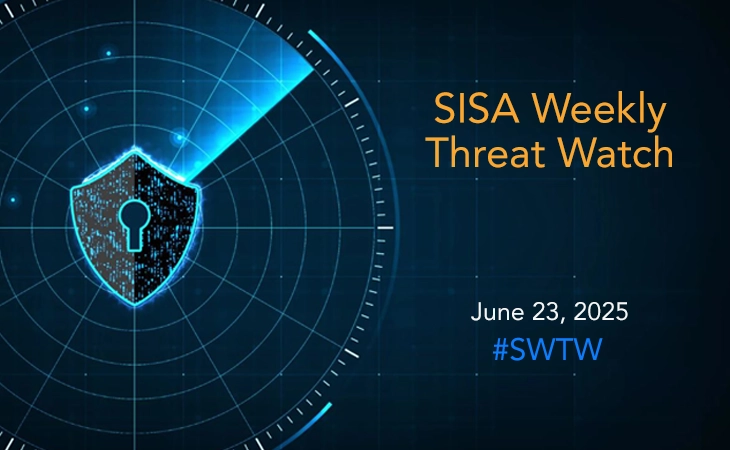Home » Strengthening Cybersecurity Infrastructure: SISA’s Take on CERT-In’s Guidelines for Government Entities
Strengthening Cybersecurity Infrastructure: SISA’s Take on CERT-In’s Guidelines for Government Entities
Share on

As India rapidly advances towards becoming one of the most digitally connected nations globally, the complexities and dangers associated with cybersecurity are proportionally escalating. To address these challenges, the Government of India has responded with a thorough guide called the “Safe & Trusted Internet Guidelines on Information Security Practices for Government Entities.” Crafted by the Indian Computer Emergency Response Team (CERT-In), this document provides a blueprint to fortify India’s cybersecurity defenses.
As India experiences an exponential rise in its number of digital citizens, or ‘Digital Nagriks,’ these guidelines become crucial in maintaining a secure, trustworthy, and accountable online environment for the expanding user base. As digital technology increasingly integrates into sectors like business, education, finance, and government services, the robust cybersecurity strategies detailed in these guidelines represent a critical move toward mitigating the growing risk of cyber threats and attacks.
The foundation of Security: Network and Infrastructure
The guidelines emphasize Infrastructure and Network Security as their cornerstone. India can reduce cyberattack risks from the ground up by bolstering the security of the fundamental infrastructure that enables internet access and digital communication. This focus also sends an unmistakable signal to potential cyber attackers about India’s determination and capacity to safeguard its digital terrain.
Securing Identities and Access
Another key highlight is the importance placed on Identity and Access Management. Given the enormous amount of sensitive data being handled and stored digitally, enforcing strict identity checks and limiting access to authorized individuals is crucial in maintaining data security. This aspect is critical for government bodies handling sensitive national security and citizen information data.
Application and Data Security
Equally important is Application Security, another key area outlined in the guidelines, highlighting the importance of securing various applications used by government bodies and the general public. By bolstering the security of these applications, the guidelines strive to minimize potential entry points for cyberattacks, reducing the chances of unauthorized access and data breaches. In an age where data is the new currency, the role of Data Security in preventing unauthorized access, manipulation, or theft of sensitive data is crucial. By requiring government entities to implement robust data security measures, the guidelines strive to protect individual users and bolster the national data infrastructure against potential cyber threats.
Enhancing User Awareness and Managing Third-party Risks
User Awareness and Training, often an overlooked aspect, gains rightful prominence. Since human mistakes often significantly contribute to successful cyberattacks, providing users with the skills to identify and counter cyber threats can considerably strengthen the nation’s cybersecurity defenses. Addressing the complexity and interconnectedness of the current digital ecosystem, the guidelines also delve into Third-party Access and Outsourcing. The document offers clear management procedures for third-party involvement, to limit potential vulnerabilities and data leaks in these interactions.
The Proactive Approach: System Hardening and Incident Management
The comprehensive coverage on Hardening Procedures is another noteworthy aspect. The aim is to diminish system vulnerabilities and seal off potential gateways for cyber attackers. Regularly updating and patching systems is emphasized to ensure ongoing security. Concluding with Security Monitoring, Incident Response, and Security Audits, the guidelines stress the importance of a proactive and dynamic approach to cybersecurity. This involves continual surveillance, swift response to incidents, and regular audits to verify that all security measures are up-to-date and effective.
As a leading security solutions provider, SISA applauds the comprehensive and strategic approach adopted by the Government of India in these guidelines. This could mark a significant stride in fortifying India’s cybersecurity infrastructure. SISA’s mission harmonizes seamlessly with these guidelines, so we support the implementation and further development. We also are dedicated to delivering robust, innovative solutions to bolster India’s digital defenses in this constantly changing digital environment.
 USA
USA India
India APAC
APAC Middle East
Middle East Global
Global

 Facebook
Facebook Linkedin
Linkedin  X
X Youtube
Youtube






